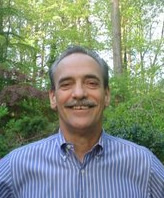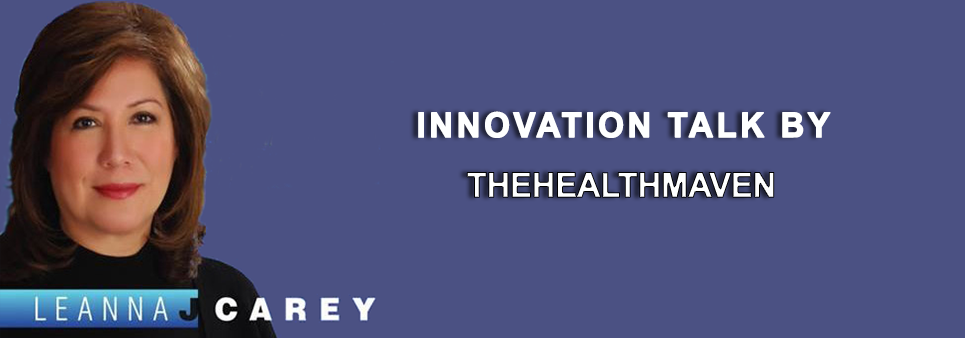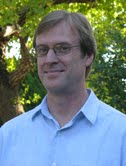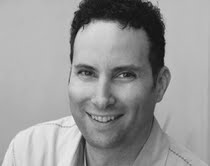John Lennon said, “A dream you dream alone is only a dream. A dream you dream together is reality.” When I asked Rick Lee, the CEO of Healthrageous, where his entrepreneurial roots came from, he did not give an expected answer. When I asked him about healthcare and innovation, again, he did not give an expected answer. This is why I am certain that his company is going to make a distinctive difference – he was not imitating someone else or their philosophy. Rather than quell innovation by a passive acceptance of the status quo, his eloquent ease with questioning authority has resulted in innovation that provides a unique experience for healthcare consumers. You will enjoy this interview, because while Lee acknowledges his roots from the 60′s, he clearly has crafted a well thought out company that has responded to the changing and unmet needs of the healthcare consumer.
Rather than quell innovation by a passive acceptance of the status quo, his eloquent ease with questioning authority has resulted in innovation that provides a unique experience for healthcare consumers. You will enjoy this interview, because while Lee acknowledges his roots from the 60′s, he clearly has crafted a well thought out company that has responded to the changing and unmet needs of the healthcare consumer.
 The full post of my interview with Rick Lee can be found on Innovation Excellence, but here is a teaser…” He contends that we, as consumers, have more skin in the game and are in a rapidly moving groundswell – “just as corporate America can no longer afford pensions to their workers, we are rapidly approaching a time where corporate America can no longer provide healthcare to its workers.” Lee is correct and interestingly, within the healthcare landscape this awareness has morphed thousands of medical devices, app solutions, and investment dollars into the groundswell. Now that consumers are in the mix, product innovation, differentiation, and creativity will leave old paradigms in the dust….”
The full post of my interview with Rick Lee can be found on Innovation Excellence, but here is a teaser…” He contends that we, as consumers, have more skin in the game and are in a rapidly moving groundswell – “just as corporate America can no longer afford pensions to their workers, we are rapidly approaching a time where corporate America can no longer provide healthcare to its workers.” Lee is correct and interestingly, within the healthcare landscape this awareness has morphed thousands of medical devices, app solutions, and investment dollars into the groundswell. Now that consumers are in the mix, product innovation, differentiation, and creativity will leave old paradigms in the dust….”














